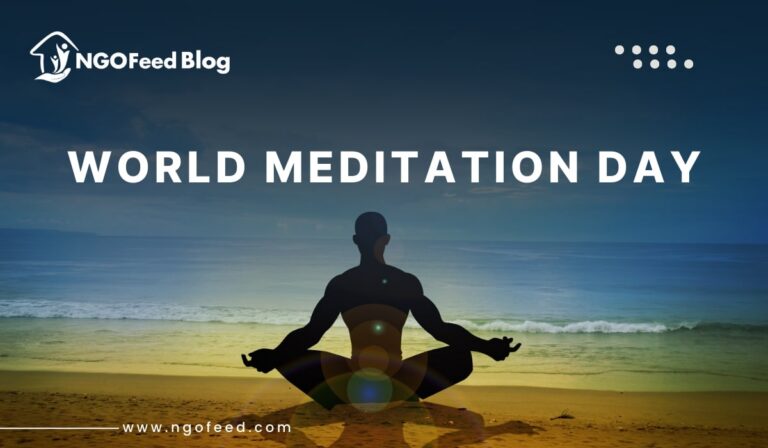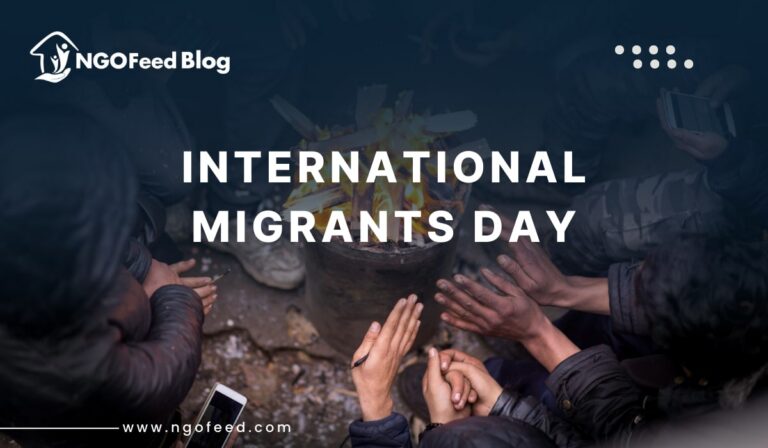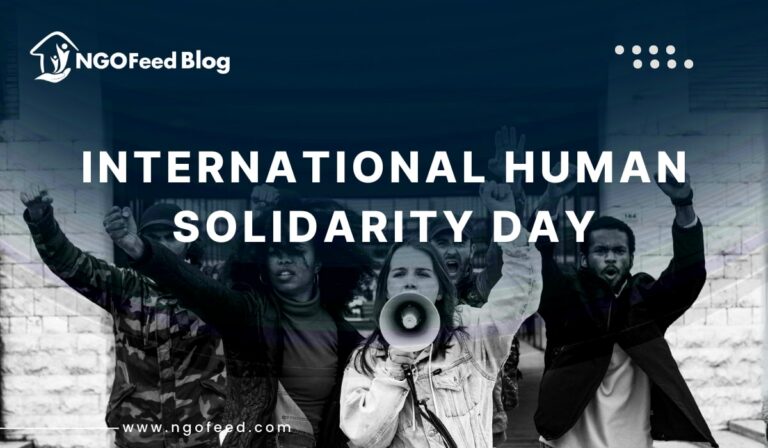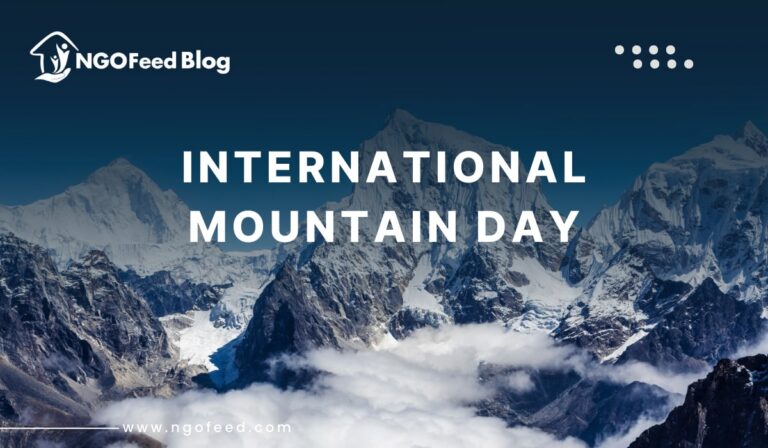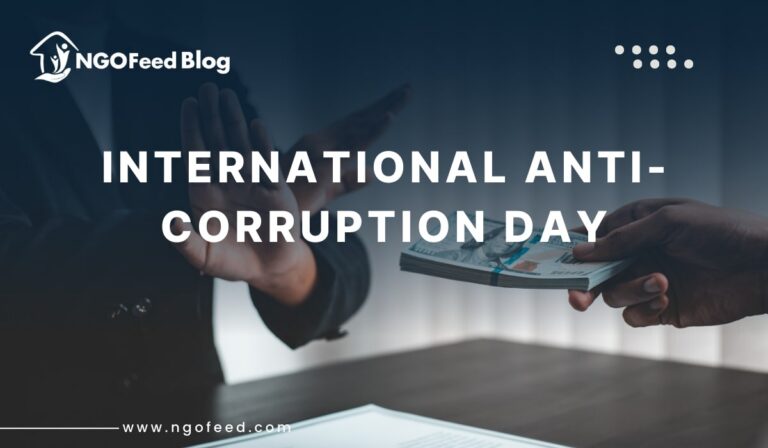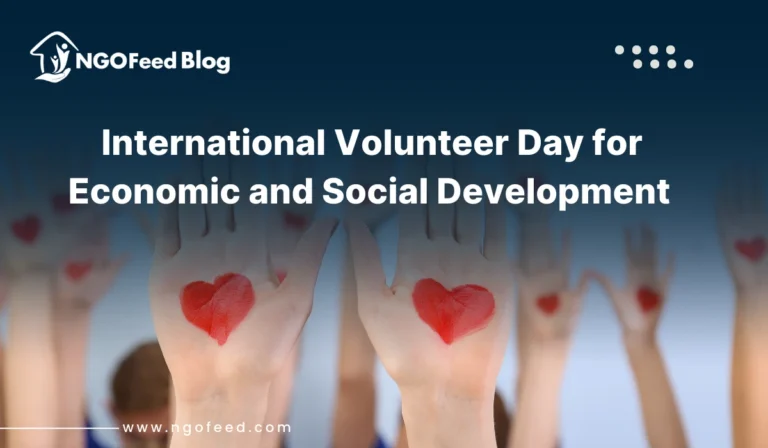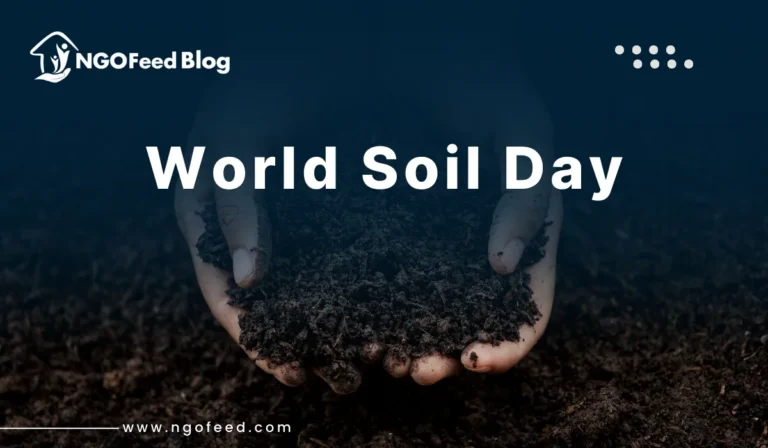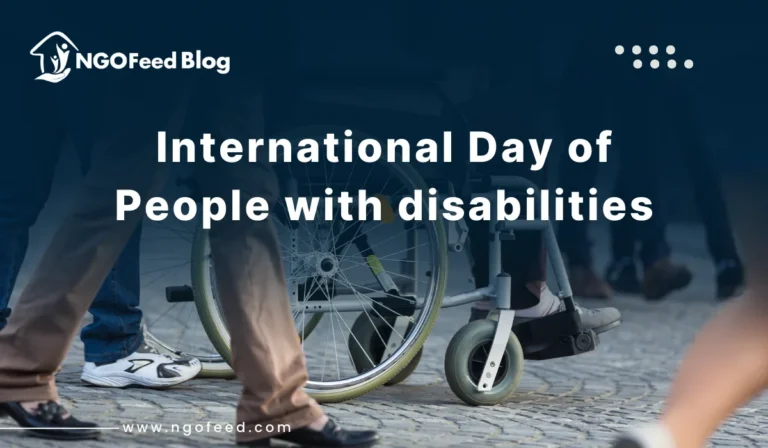“When war damages the soil, the scars last longer than the cease-fire.” Armed conflict leaves more than human casualties, it ravages ecosystems, destroys forests, contaminates soil and water, and robs future generations of the natural resources they need. Every year on 6 November, the world recognizes the International Day for Preventing the Exploitation of the Environment in War and Armed Conflict, declared by the United Nations General Assembly in Resolution A/RES/56/4.
For NGOs, governments, communities and citizens, this observance underscores the urgent link between environmental protection, peace building and sustainable development.
Table of Contents
What It Is International Day for Preventing the Exploitation of the Environment in War
This observance draws attention to the damage inflicted on the environment during armed conflicts and the role played by environmental degradation in perpetuating violence. According to the United Nations:
“This International Day … is an opportunity to recognize the environment as yet another victim of war.”
In essence, the day highlights how ecosystems become collateral damage and why safeguarding the environment is inseparable from safeguarding human lives and livelihoods.
History of the International Day for Preventing the Exploitation of the Environment in War
The day was officially proclaimed by the UN General Assembly on 5 November 2001, to be observed annually on 6 November.
It built on earlier recognition of the link between natural-resource exploitation and conflict, such as the “women and natural resources in conflict-affected settings” partnerships and early peace building frameworks. Over the years, the observance has evolved to address climate change, ecological peace building and the environmental dimensions of modern warfare.
International Day for Preventing the Exploitation of the Environment in War 2025 Theme
While the UN does not always publish a fixed annual slogan, the recurring emphasis is clear: environment + conflict = peace risk.
For example, commentary for recent years stressed that wartime environmental damage “can last for decades” and that “there can be no durable peace if the natural resources that sustain livelihoods and ecosystems are destroyed.”
For 2025, NGOs in India and advocates are encouraged to focus on:
- The intersection of climate change, conflict, and environmental degradation
- Preserving ecosystems during and post-conflict
- Strengthening environmental peacebuilding and post-conflict restoration
Objectives and Goals
The key objectives of the day include:
- Recognizing environmental harm as a critical victim of war and armed conflict.
- Preventing exploitation of natural resources (forests, water, minerals and land) that fuel conflict.
- Protecting ecosystems and biodiversity in conflict and post-conflict zones.
- Promoting the role of environmental governance in peacebuilding and post-conflict recovery.
- Advocating for integrated frameworks linking environment, security, and sustainable development.
Why It’s Important
Environmental Costs of Conflict
- War often targets or over-exploits natural resources, forests are logged, water infrastructure destroyed and land degraded.
- Conflict zones have more difficulty recovering ecosystems, which undermines livelihoods and stability.
Link to Human Security
- A degraded environment reduces food security, clean water access and economic opportunities, all of which can feed cycles of violence.
- Peace cannot be built without sustainable natural-resource management.
Alignment with Sustainable Development
- Safeguarding the environment in conflict settings is directly tied to SDG 16 (Peace, Justice and Strong Institutions) and SDG 15 (Life on Land).
- For NGOs, this day offers a platform to link environment-justice-peace agendas, amplify their work and mobilize funding.
How NGOs, Individuals, and Communities Can Participate
- Educational Workshops and Seminars: Organize community seminars, university lectures or online webinars explaining how war damages the environment and how restoration contributes to peace.
- Awareness Campaigns & Social Media: Use the hashtag #EnvironmentInWar, #6Nov, #EnvironmentalPeacebuilding to share stories, infographics and survivor voices.
- Clean-up and Restoration Drives: In post-conflict zones or recently recovered areas, arrange tree planting, soil remediation, river clean-up or community mapping of damaged ecosystems.
- Policy Roundtables and Advocacy: Host dialogues with local authorities, defense ministries and environment departments, discussing integration of environmental protection into peace operations and conflict prevention.
- Community Testimonies and Survivor Stories: Involve local communities affected by conflict, environmental damage and displacement to share narratives of loss, resilience and the role of nature in recovery.
- Collaborative Projects: Partner with local NGOs, UN agencies (e.g. United Nations Environment Programme, UNEP) and civic groups to develop risk-assessment tools, conflict-sensitive resource-management plans and community-led restoration.
NGOs’ Role and Challenges
Role of NGOs
- Conduct environmental peace building projects in conflict-affected settings, rehabilitating land, rebuilding natural infrastructure, restoring livelihoods.
- Monitor resource-exploitation in war zones (illegal logging, mining and water theft).
- Provide early-warning and mediation around natural-resource conflict.
- Work with women and marginalized groups to ensure equitable resource access and avoid exploitation.
Challenges
- Access and security: Working in conflict zones is dangerous and access is often restricted.
- Funding and attention: Environmental consequences of war are often overshadowed by humanitarian drama.
- Data gaps and long-term monitoring: Tracking environmental damage over time is resource-intensive.
- Multi-sector coordination: Environment, security, peace and development domains often operate in silos.
For organizations using NGOFeed as a platform, linking environment, peace and social-justice narratives can help attract broader support and visibility.
Additional Insights – Current Trends and Expert Views
- Environmental Peacebuilding: The idea that healthy ecosystems are foundational to peace is gaining traction among practitioners.
- Women, Natural Resources, and Conflict: Research shows women are disproportionately affected by environmental damage in war settings, but also key to restoration and peace.
- Climate–Conflict Nexus: Climate change and resource scarcity are increasingly seen as stressors that can trigger or prolong conflict, reinforcing the need for environmental protection in fragile settings.
- Restoration and Rehabilitation: Post-conflict reconstruction is shifting from bricks and mortar to people and nature, restoring land, water systems and ecosystems for long-term peace.
- Technology and Monitoring: Satellite imagery, remote sensing and digital data-platforms now enable NGOs to map war-time environmental damage and advocate for remediation.
Conclusion
The International Day for Preventing the Exploitation of the Environment in War and Armed Conflict is more than a date on the calendar, it’s a reminder that peace, environment and human security are inseparable.
When nature suffers during war, people suffer too, families lose livelihoods, communities lose resilience and future generations inherit fragile ecosystems.
On 6 November 2025, let us commit to environmental protection in wartime because restoring green landscapes is also restoring hope, stability and life.
Frequently Asked Questions (FAQs)
Q1. Why is 6 November observed for this day?
The UN General Assembly declared 6 November each year as the day in Resolution A/RES/56/4, recognizing the environment as a victim of war as early as 2001.
Q2. What kinds of environmental harm are caused by armed conflict?
Examples include illegal logging, mining, water and soil contamination from weapons, destruction of infrastructure, land degradation, loss of biodiversity, and disruption of ecosystem services.
Q3. How can NGOs contribute on this day?
NGOs can hold awareness events, conduct restoration drives, research resource-conflict links, advocate policy change, collaborate on environmental peace building and highlight women and marginalized voices in affected zones.
Q4. Why link environment and conflict when most talk is about human casualties?
Because environmental damage often outlasts the battlefield, degraded land, poisoned water and lost biodiversity hinder recovery, magnify poverty and create conditions for future violence. Healthy ecosystems contribute to resilient communities and lasting peace.
Q5. How does this observance align with NGOFeed’s mission?
NGOFeed empowers NGOs globally by providing human-centered content, connection to networks, digital tools and visibility. Through this day’s coverage, NGOs can amplify environment-peace narratives, attract support and reinforce the link between sustainable development and conflict-prevention.



